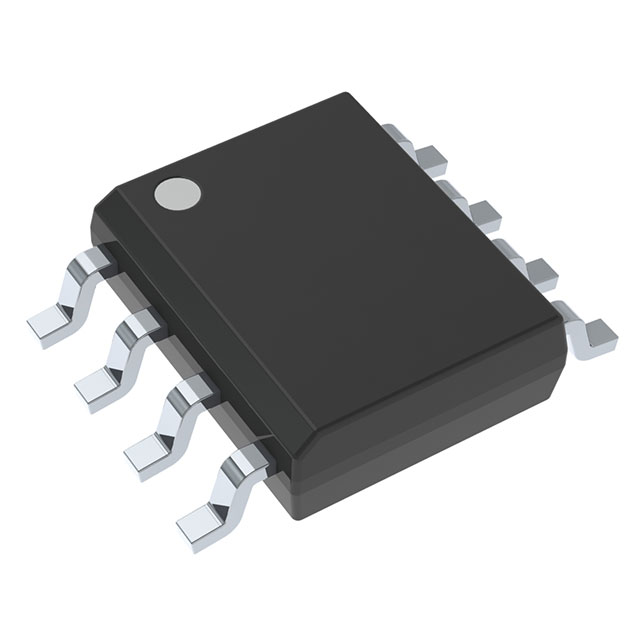

Texas Instruments
LM393ADR
Linear Comparators




.png?x-oss-process=image/format,webp/resize,p_30)


LM393ADR Description
LM393ADR Description
The LM393ADR from Texas Instruments is a dual differential comparator designed for general-purpose applications. Packaged in an 8-SOIC surface-mount format and supplied in Tape & Reel (TR), it is optimized for low-power, high-precision comparisons across a wide voltage range (2V to 36V single supply, ±1V to 18V dual supply). With a quiescent current as low as 2.5mA (max) and input bias current of 0.25µA (max), it ensures efficient operation in battery-sensitive designs. Its low input offset voltage (2mV max @ 30V) enhances accuracy, making it suitable for sensing and control circuits.
LM393ADR Features
- Dual Comparator Design: Two independent comparators in a single package, reducing board space and cost.
- Wide Supply Range: Operates from 2V to 36V (single) or ±1V to 18V (dual), accommodating diverse power configurations.
- Low Power Consumption: Quiescent current ≤2.5mA and output current up to 20mA, ideal for portable and energy-efficient systems.
- High Precision: Low input offset (2mV max) and minimal bias current (0.25µA max) ensure reliable signal comparison.
- Robust Packaging: 8-SOIC with MSL1 (Unlimited) moisture sensitivity, suitable for automated assembly and harsh environments.
- Compliance: ROHS3 and REACH compliant, meeting global environmental standards.
LM393ADR Applications
- Battery-Powered Systems: Voltage monitoring in portable devices, IoT sensors, and energy harvesters due to low power draw.
- Industrial Control: Threshold detection, window comparators, and motor control circuits leveraging its wide voltage range.
- Automotive Electronics: Signal conditioning, overvoltage protection, and load monitoring in 12V/24V systems.
- Consumer Electronics: Level shifting, zero-crossing detection, and PWM generation in audio/visual equipment.
- Test & Measurement: Precision instrumentation where low offset and high stability are critical.
Conclusion of LM393ADR
The LM393ADR stands out as a versatile, low-power dual comparator with exceptional accuracy and broad supply flexibility. Its compact SOIC package, compliance with environmental standards, and reliability across temperatures (0°C to 70°C) make it a preferred choice for industrial, automotive, and consumer applications. Engineers favor this IC for cost-sensitive, space-constrained designs requiring robust performance without compromising efficiency.
Tech Specifications
LM393ADR Documents
Download datasheets and manufacturer documentation for LM393ADR
 Assembly Changes 29/Mar/2021
Assembly Changes 29/Mar/2021  LM193(A),293(A),393(A), LM2903(V) Datasheet
LM193(A),293(A),393(A), LM2903(V) Datasheet  LM193(A),293(A),393(A), LM2903(V) Datasheet
LM193(A),293(A),393(A), LM2903(V) Datasheet  Mult Devices Font 21/Apr/2018 Mult Dev 27/Jul/2023
Mult Devices Font 21/Apr/2018 Mult Dev 27/Jul/2023 Shopping Guide




























.png?x-oss-process=image/format,webp/resize,h_32)










